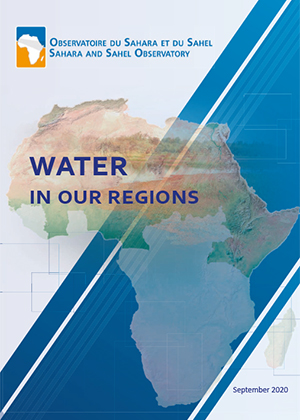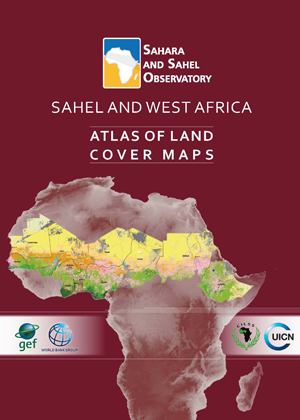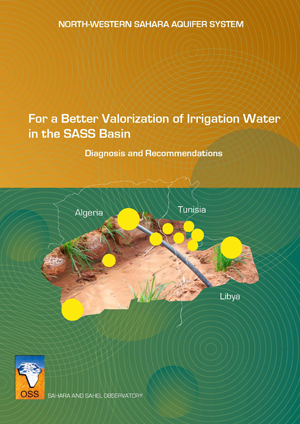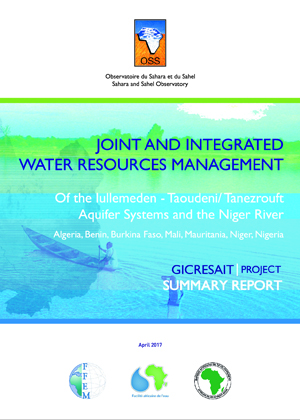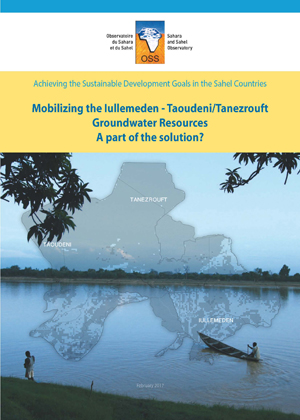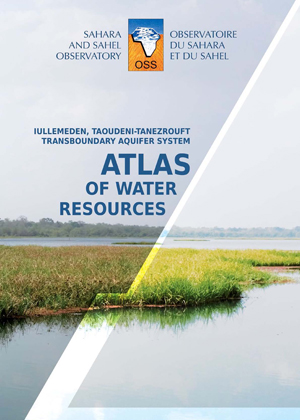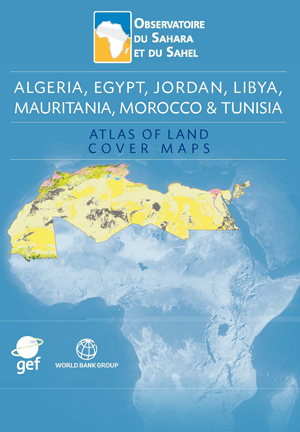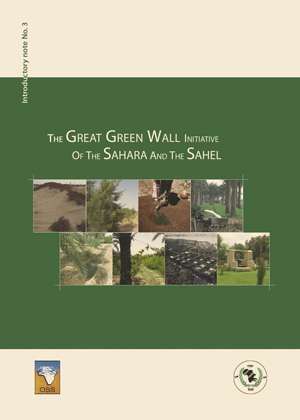Water in our regions
This work comes after two previous editions of monographs on water resources published by the Sahara and Sahel Observatory in 1995 & 2001.
It is a summary of useful data & information for decision-makers & managers, but also to every single person interested in water issues.
It also provides avenues for reflection & guidance to the different & relevant operators, in order to improve the management & development of water resources, in the area of intervention of the Sahara & Sahel Observatory.
Finally, this work has the particularity of being available in a modifiable digital Wiki-type format at the following address: www.oss-online.org/wikoss/moneau/en

